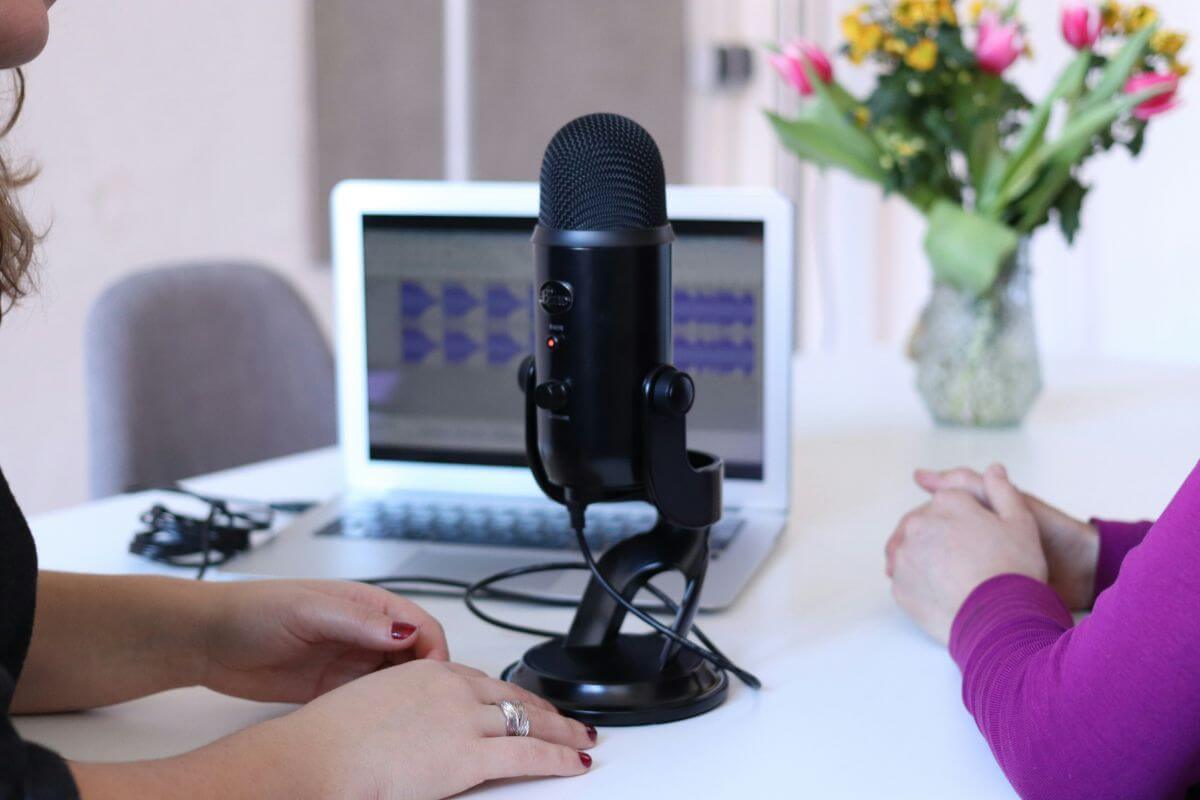Every business has to think about their finances. How is their marketing backing out in terms of sales? Is the market responding to their product? Have the right audiences been identified and reached?
Authors, however, have been able to avoid this side of their work for a long time.
Because of the creative nature of the job, authors have long been left out of the business side. For decades publishers handled all the business and authors just had to write.
With the emergence of indie publishing and the declining involvement (and budgets) from publishers, authors are being forced to make the leap from creatives to business people.
Though it will feel unnatural for many, it’s important to have a basic understanding of ROI.
Areas Where Calculating ROI is Hard (or Impossible)
There are definitely aspects of a career as an author where it is hard to calculate the financial value.
- Time spent on a project – Some spend 10 years writing the next great American novel. Others bang out a bestselling manuscript while sitting in an English class during college.
- Number of published works – Though there is definitely a cumulative impact on earnings the more you publish, it’s hard to say what number of books equals success. Some of the biggest authors have dozens of titles to their name. Many seeming “overnight successes” were actually launched into their career by their seventh, tenth or even fifteenth book. And then there is the anomalies that strike gold the first try. All you can know for sure is that the more you right, the better you chance of financial success is.
- Social media – While there are a lot of valuable tools on social media that can make calculating ROI possible for authors, just using social media can be a vague task. The ads platforms can help you calculate your spend on marketing, but posting a picture of yourself at your desk doesn’t usually come with a dollar sign, even though it has impact that builds with time.
Try to remember that even though there isn’t an exact formula for calculating the ROI on the above activities, your time ALWAYS has value. And writing will likely take precedence over many other tasks. Not a designer? Then your money is probably better spent on a professional cover artist rather than trying to DIY it and your time better spent writing. Spending six hours a day promoting on social media? While promotion is important, there needs to be balance. Make a plan to get the most impact doing just one hour of social media. The more you can approach being an author as a business, the more likely you are to find commercial success.
Calculating Actual ROI
Now when you are ready to invest in campaigns, it’s essential you know the numbers so you aren’t wasting time and money. Furthermore, when you find something that works, you want to know it so that you can scale a successful marketing endeavor. The formula is relatively simple.
ROI=(Return-Investment)/Investment
In other words, how much you made minus how much you spent over how much you spent will give you a percentage that will help you determine whether you made a profit or lost money on a given campaign.
In order to properly calculate, you have to know a few pieces of information and whether you are an indie or traditionally published may have an impact on that access.
The info you will need is:
- How many books you sold over the time of the campaign
- The earning on each book
- Your royalties from that sale (or how much you make per book sale after the retailer or publisher takes their share)
As long as you have access to all of that info, determining your ROI is easy!
For example:
If you spend $1,000 on a Facebook ad campaign and the book sells 500 copies at a rate of $4.99 per unit. The revenue from that book is $2,495. If your royalties are 70% then you make $1746.50. So to calculate the ROI, your equation would look like this:
(1746.5 – 1000)/1000 = 0.7465
Your return on investment is 75% which is a success!
Had you only sold 200 copies during that campaign the revenue would have been $998 and the author profits would have been $698.60.
(698.60 – 1000)/1000 = -30%
The importance of calculating and tracking ROI over time is that it can help you make smarter decisions. Sure you can easily see in both scenarios whether you made or lost money on a given campaign. Over time though, that percentage can tell you a lot of things regardless of how much you spend. Perhaps every time you run a sales ad on Facebook, your ability to turn a profit declines severely. But when you run a BookBub, those percentages go through the roof.
Most writers don’t enjoy focusing on the numbers, but it is necessary if you are going to pursue marketing opportunities and hope to be successful in them.














Leave A Comment